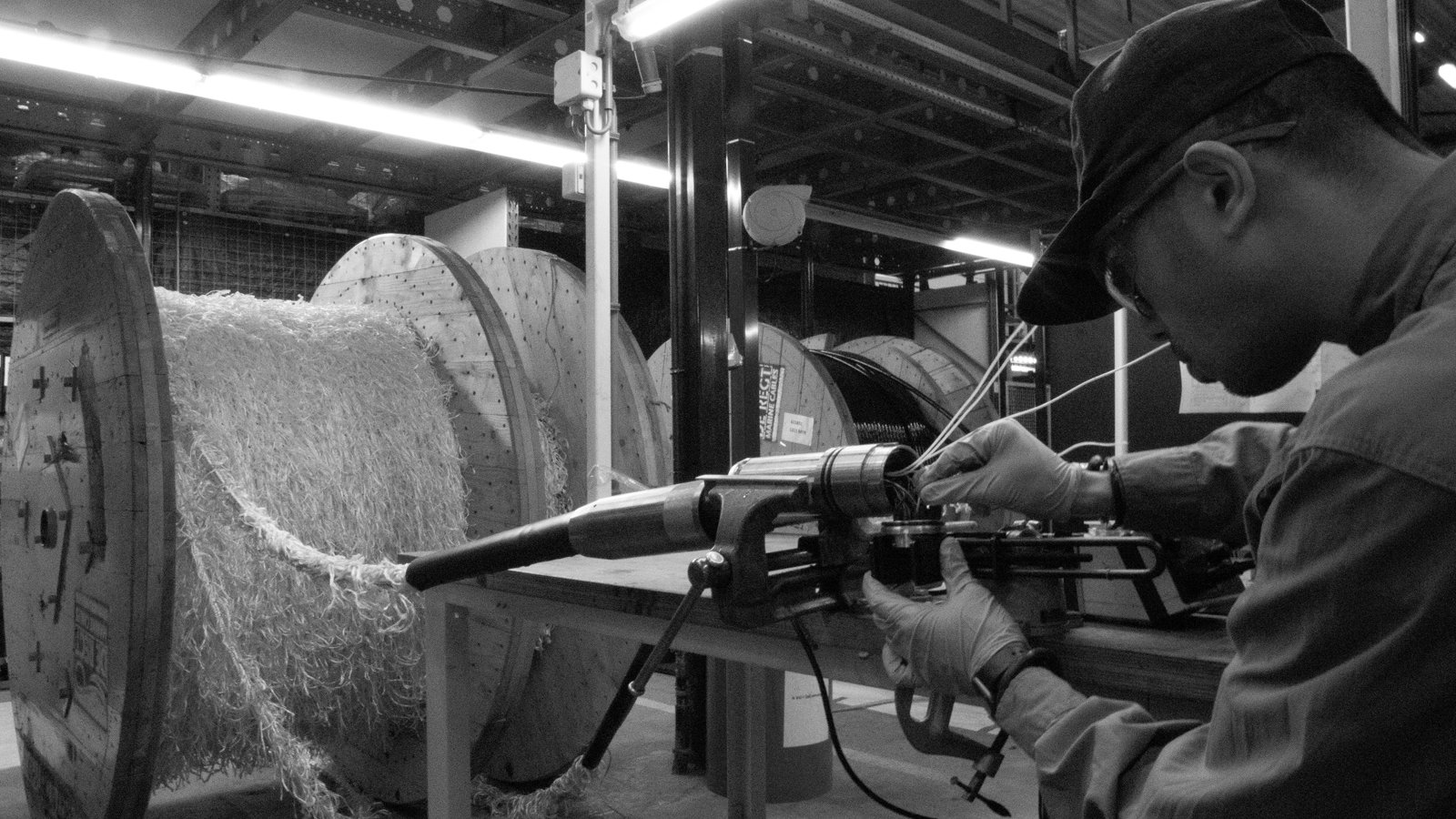In creating a Subsea Cable Design, there are a lot of aspects to consider. It is important that the final design properly fits into your sonar system (or the subsea system you’re creating). As an engineer, you want to have a firm grip on the project. The decisive ingredient in doing that is a clear design process.
In this blog, we discuss the advantages of having such a design process in place, the design process of our cable experts and how this subsea cable design process will eventually help you in properly validating your specifications.
3 advantages of a clear Subsea Cable Design Process
Having a clear design process in place yields three important advantages for your end product (the subsea cable design) - and therefore for the success of your subsea project. These three advantages are structure, transparency and grip.
First is the structure of your design process. By maintaining one clear design process, the steps are clear for all participants within the design process. Structure and clarity make sure the design process expires quickly and efficiently. After all, the process is already outlined and personnel can fully focus on the operational tasks.
Secondly, transparency is a big advantage of a clear design process. By clearly documenting all steps in the process, your subsea cable design process becomes a single source of truth. All information, data and decisions can be easily retrieved.
The last advantage of a clear design process is grip. Closely related to transparency, the subsea cable design process has to make sure you can always look back on previous steps and have a complete grip on your specifications.

DeRegt’s Design Process in 5 steps
To fully harness these three advantages, our subsea cable designers apply a design process of five well-defined steps:
- Preliminary Design Phase
- Critical Design Phase
- Prototype Phase
- Production Phase
- Continuous Optimization
We’ll explain these steps in more detail below.
- 1. Preliminary Design Phase
In the first phase, requirements are defined and concept designs are developed. The verification method for each requirement is listed in the DCM (Design Compliance Matrix). This specifies how compliance with each requirement will be verified. At the end of this phase, the specification and concept designs will be reviewed, and one of the concepts is selected. The specification is then frozen.
- 2. Critical Design Phase
A detailed design is made in the Critical Design Phase. Afterward, the purchase specifications for the subcomponents are written. At the end of this phase, the various designs are evaluated with the specifications. If all specifications have been included and the design is approved, it is frozen again. All components can now be ordered for the production of the prototypes.
- 3. Prototype Phase
The Prototype Phase is known for building and testing. In this phase, detailed qualification and test procedures are written, the test equipment is designed and the prototype is manufactured. This phase is concluded with configuration audits, in which the test samples, test method, and test results are reviewed. The production phase can begin only when the prototype passes all tests and meets all specifications.
- 4. Production Phase
The Production Phase starts with developing all production papers (the paperwork for full production of the cable system). These have to be evaluated for production readiness before starting the actual production. After approval, the Production Phase is all about creating the first article and performing optimizations on this first version. Another review follows after building the first article. After passing this review, we speak about a qualified design.
- 5. Continuous Optimization
Ideally, this last phase is only about small optimizations discovered over time. There is always room for improvement, but rigorous adjustments to the cable will result in new tests, which means you will have to repeat (a large part of) the previously described process. The more thoroughly you have gone through the design process, the fewer significant changes will be needed later.
The importance of timely freezing your Subsea Cable Design
This subsea cable design process seems to take a lot of time at first glance, but in the long run, all these steps will be much more efficient than continuously making significant changes. Therefore, good preparation is very important; determining clear specifications helps prevent necessary changes later on.
This is why the occasional design freeze between steps is so important. By freezing the design at specific points in the design process, you divide the whole process into smaller phases. Should a significant design change be necessary later on, the freeze moments can serve as a stepping stone. The steps after the freeze moment will have to be executed again, but you will never have to start from scratch.
Validating Requirements within your Subsea Cable Design
Are you curious about how this subsea cable design process works in practice? In our Webinar about Defense Subsea Projects, our R&D Manager explains more about this design process and how you validate certain requirements. All with one goal in mind: a successful subsea project.
Would you like to (re)watch the various parts of our Webinar? Click on the banner below and request your recording:
With all other questions about your cabling needs, you can contact my colleagues or me here. Our cable experts are always happy to help, advise or guide you in all your cable requirements.



